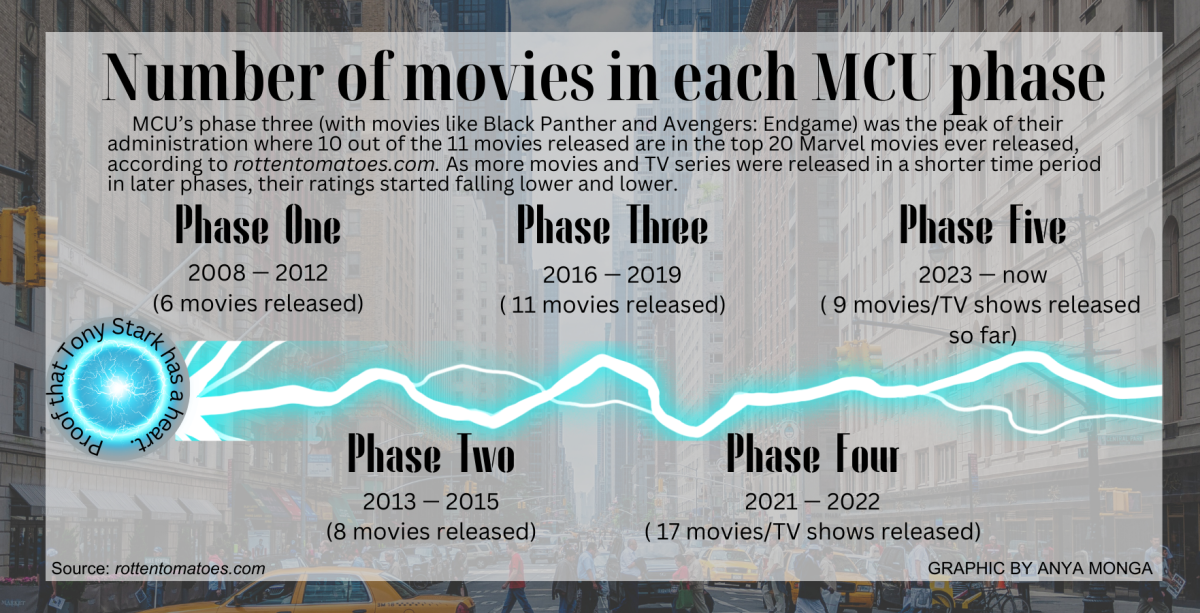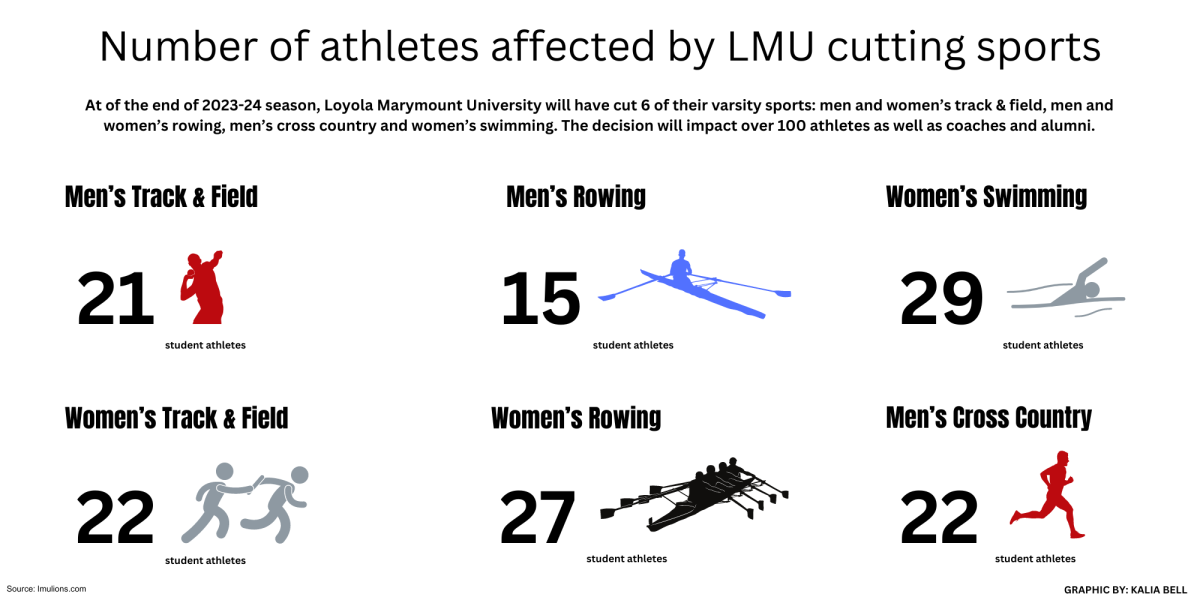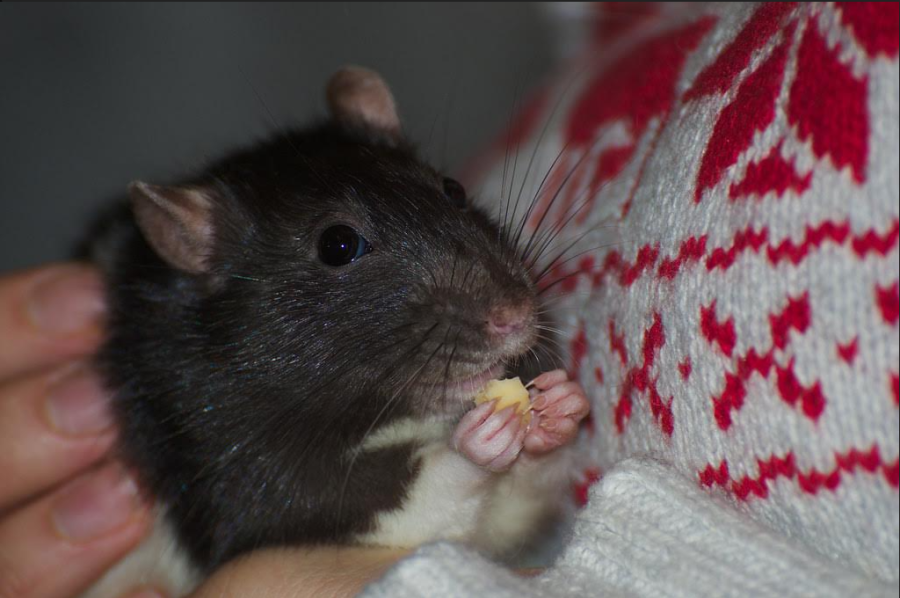Rat brains provide insight on neurological research in recent study
PHOTO COURTESY OF NSAVCH CC BY-SA 2.0
LAB RATS: By analyzing how human neurons grow and develop inside the brains of rats, researchers may gain new insights into neurological disorders such as autism.
On Oct. 12 2022, a study published in Nature by Stanford scientists detailed the successful transportation and growth of clusters of human brain cells in the brains of newborn rats.
The study, led by Stanford neuroscientist Sergiu Pasca, has opened up a new way to more ethically and effectively study human brain growth through analyzing the development of human neurons in the brains of young rats. This new model for brain research may open doors for new insights into the development of neurological disorders and diseases, including autism, Alzheimer’s and Parkinson’s.
“We can now study healthy brain development as well as brain disorders understood to take root in development in unprecedented detail without needing to excise tissue from a human brain,” said Pasca in an article from med.stanford.edu. “We can also use this new platform to test new drugs and gene therapies for neuropsychiatric disorders.”
In the past, neurologists were unable to effectively and directly study the growth of human neurons and had to resort to more noninvasive methods such as brain scans. When grown in petri dishes, they would not grow to the right size for typical neurons and generally did not react to stimuli the way a normal human neuron would.
“It’s definitely a step forward,” said Harvard University neurologist Paola Arlotta in an article from npr.org, who was not involved in the study. “The ultimate goal of this work is to begin to understand features of complex diseases like schizophrenia, autism spectrum disorder, bipolar disorder.”
In 2013, neuroscientist Fred Gage and a group of researchers at the Salk Institute for Biological Studies attempted a similar experiment on adult mice. However, the rat model proved to be more effective because the newborn rats’ neurons integrated better with the human neurons than in Gage’s mice model.
“We’ve got challenges out there for us,” said Gage in an article from nature.com. “But I do believe the transplantation procedure will be a valuable tool.”
Both models use organoids, which are tiny brain–like structures made from clumps of human stem cells. Pasca and his colleagues have already started testing the new model with Timothy syndrome, a rare genetic condition strongly associated with autism. They found that the Timothy syndrome cells grew to be much smaller and less structurally complex than the normal human cells inside the rats.
“We’ve learned a lot about Timothy syndrome by studying organoids kept in a dish,” said Pasca. “But only with transplantation were we able to see these neuronal–activity–related differences.”
Though ethical concerns have arisen, Dr. Pasca’s team has found no evidence that the rats have suffered any pain, memory loss or loss of coordination from the neuron transplant.
“They are rats, and they stay rats,” said neurobiologist Giorgia Quadrato in an article from nytimes.com, who was not involved in the study. “This should be reassuring from an ethical perspective.”
This breakthrough will hopefully result in a multitude of groundbreaking developments in neurological research in the not–too–distant future.
“This is the most advanced human brain circuitry ever built from human skin cells and a demonstration that implanted human neurons can influence an animal’s behavior,” said Pasca. “Our platform provides, for the first time, behavioral readouts for human cells and could, we hope, accelerate our understanding of complex psychiatric conditions.”
Your donation will support the student journalists of Westlake High School. Your contribution will allow us to purchase equipment and cover our annual website hosting costs.

Hello! My name is Harrison Weinberg, and I am the Graphics Editor for The Arrow. This is my second year on staff, though I took a gap year off last year....

































Anastasia • Mar 13, 2023 at 10:57 am
Super sick. >:) (But good sick, like AWESOME RAD!! sick)